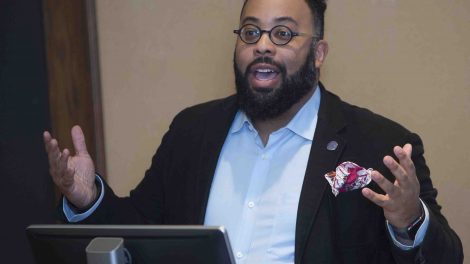
Mar 7, 2018
Deceive/Believe
By Stephen Wilson Students on college campuses across the country are engaged in a similar mission: study scholarly ideas, search for knowledge by pushing…

By Stephen Wilson Students on college campuses across the country are engaged in a similar mission: study scholarly ideas, search for knowledge by pushing…
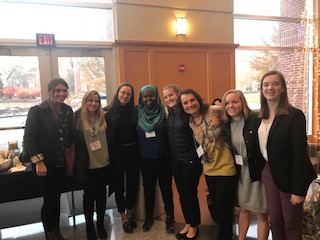
By Bill Landauer Why did Romans select an arch as the monument to honor Emperor Constantine? Why don’t liturgical vessels that make up the Vrap treasure…

By Stephen Wilson Painting planets, mixing universes, and lighting stars … students found fun ways to launch toward a life of reading during this year’s…
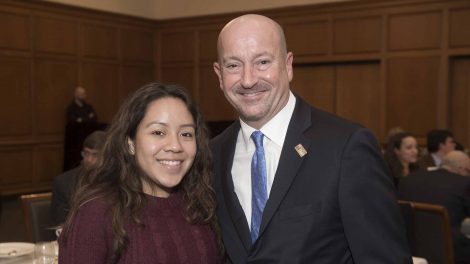
By Jill Spotz Lafayette celebrated its 13th Scholarship Recognition Dinner on Feb. 23, uniting generous donors with bright and deserving students who benefit…
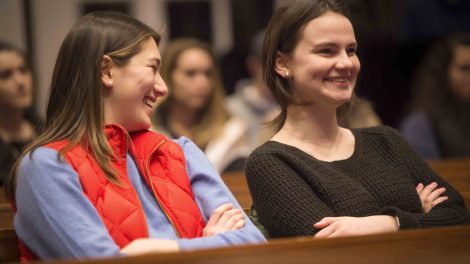
By Stephen Wilson The Lafayette Symposium, a new lecture series inspired to tackle hot-button issues from diverse points of view, invited Keith E. Whittington…

By Kathleen Parrish and Bryan Hay Seifollah “Seifi” Ghasemi first heard of Lafayette College in 1959 when he was one of nearly 6,000 high school students…
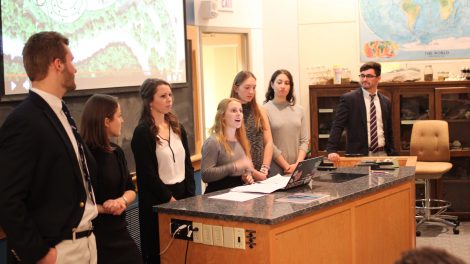
Story and photos by Stephen Wilson What you see may vary as you walk along the shoulder of Bushkill Drive where it traces the creek near Cemetery Curve…
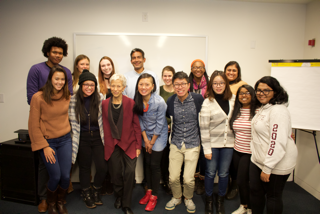
By Bryan Hay Students in Neha Vora’s Asian America class spent last semester dismantling the model minority myth, examining how it relates to themes…

By Katie Neitz You don’t have to be a mathematician to know that free doughnuts + free pizza + cash prizes = a strong incentive package. Indeed, 17 students…

By Bill Landauer It’s a plight that’s all too familiar. The voices resonate, no matter the language. Voices. Die Schutzsuchenden (The Protection Seekers)…